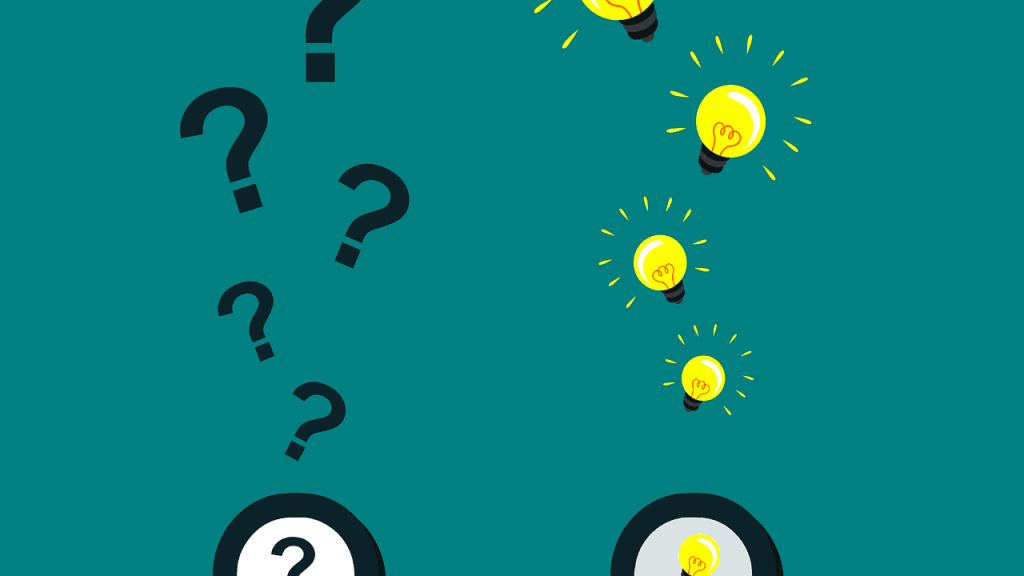Food Stamps, officially known as the Supplemental Nutrition Assistance Program (SNAP), are designed to help people with low incomes buy food. But what exactly counts as “food”? This is a common question, and it’s especially important when it comes to things like vitamins. Knowing whether Food Stamps cover vitamins can really help people plan their grocery shopping and ensure they’re getting the nutrients they need. So, let’s dive in and find out!
Can You Buy Vitamins with Food Stamps?
So, the big question: **No, you generally cannot buy vitamins with Food Stamps.** SNAP has a pretty specific list of eligible food items, and vitamins usually don’t make the cut. This is because SNAP’s main goal is to provide access to food to people who need it.

What Food Items Are Typically Covered by SNAP?
SNAP covers a wide range of food items, mostly focusing on foods that are meant to be eaten. This includes things like:
- Fruits and vegetables (fresh, frozen, or canned)
- Meat, poultry, and fish
- Dairy products (milk, cheese, yogurt)
- Breads and cereals
- Seeds and plants to grow food
You can even buy things like soda, candy, and snack foods (though it’s definitely a good idea to focus on healthier choices!). But vitamins are usually considered supplements, not food.
It’s important to check with your local SNAP office because the rules can sometimes have slight variations from place to place. They can provide the most accurate and up-to-date information about what’s allowed in your area.
Keep in mind that while SNAP emphasizes food, a balanced diet is still key for good health. That’s why it’s so important to shop smart and prioritize healthy foods whenever you can.
Why Aren’t Vitamins Usually Covered?
There are a few reasons why vitamins aren’t typically covered by SNAP. One of the main reasons is that vitamins are often considered supplements, not essential foods. SNAP aims to provide the basics, like food to eat for meals.
Another factor is the focus on nutrition. The idea is that SNAP helps people buy foods that will provide the vitamins and minerals they need naturally. This can include:
- Eating a variety of fruits and vegetables.
- Choosing lean meats and fish.
- Picking whole grains over processed options.
By focusing on these food groups, SNAP aims to encourage a healthy diet that naturally provides essential nutrients.
Plus, there are debates about the effectiveness of some vitamin supplements. While some people really need supplements due to specific health conditions, others might get enough from their diet. SNAP tries to be efficient with its resources and focuses on providing basic food access.
Exceptions to the Rule: Can You Ever Buy Vitamins?
While the general rule is “no,” there can be a few exceptions. The most common exception involves a prescription. If a doctor prescribes a vitamin supplement for a specific medical condition, the rules might be different. In some instances, a medical professional may prescribe or recommend vitamins to their patients that are crucial for health.
Also, some stores might let you buy items like meal replacement shakes or drinks with SNAP if they are labeled as food. Some stores that accept SNAP, like a grocery store, may sell vitamin supplements with your food stamps. However, it’s a bit tricky, and the regulations can change.
Here’s a small table summarizing some possibilities:
| Situation | Can SNAP be Used? |
|---|---|
| General Vitamin Purchase | Usually No |
| Prescription Vitamins | Potentially Yes, check with your local SNAP office |
| Meal Replacement Drinks with Vitamins | Potentially Yes, if the product is considered food. |
Always remember to check with your local SNAP office for the most accurate and up-to-date information about what’s allowed in your specific area.
Alternative Ways to Get Vitamins if You Use Food Stamps
Even if you can’t buy vitamins directly with your Food Stamps, there are other ways to make sure you’re getting essential nutrients. The most important thing is to focus on eating a balanced diet. Prioritize fruits, vegetables, and whole grains. These foods naturally contain the vitamins and minerals your body needs.
Some programs might offer free or reduced-cost vitamins. Check with community health clinics or your local Department of Health. They often have resources available, especially for children and pregnant women. Don’t be afraid to ask!
- Consider government or community-sponsored programs, such as the Women, Infants, and Children (WIC) program that focuses on specific demographics.
- Talk to your doctor! They can tell you if you have any specific vitamin needs and recommend supplements if necessary.
- Take advantage of food banks. They sometimes have vitamin donations.
By being resourceful and focusing on a healthy diet, you can still ensure you’re getting the nutrients you need, even if you can’t use SNAP to buy vitamins.
In conclusion, while Food Stamps primarily focus on providing access to food items, you generally can’t use them to buy vitamins. However, there might be exceptions with a prescription. It’s important to focus on a balanced diet and explore other resources to ensure you’re getting all the necessary nutrients. Remember to check with your local SNAP office for the most accurate and up-to-date information in your area.